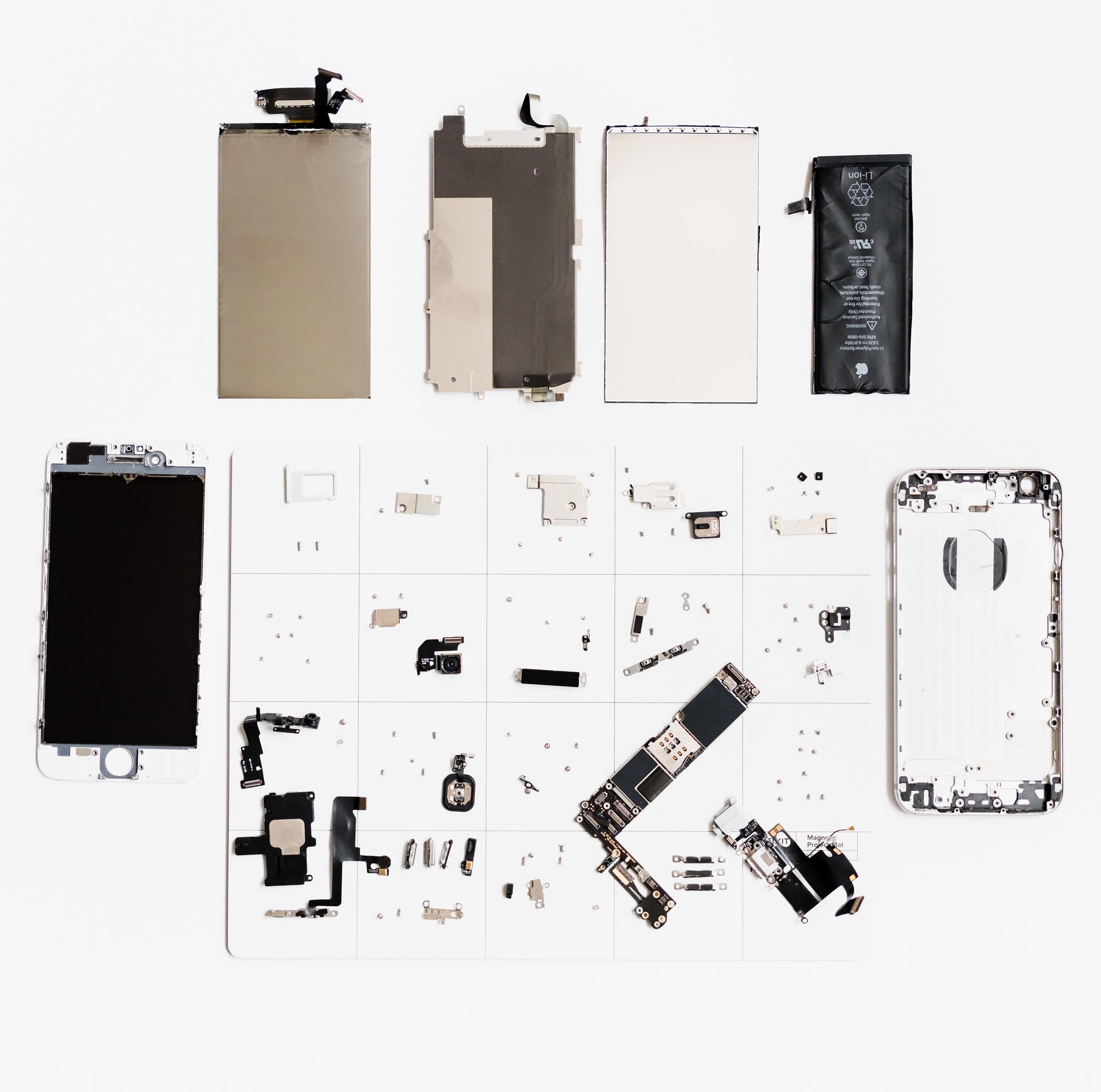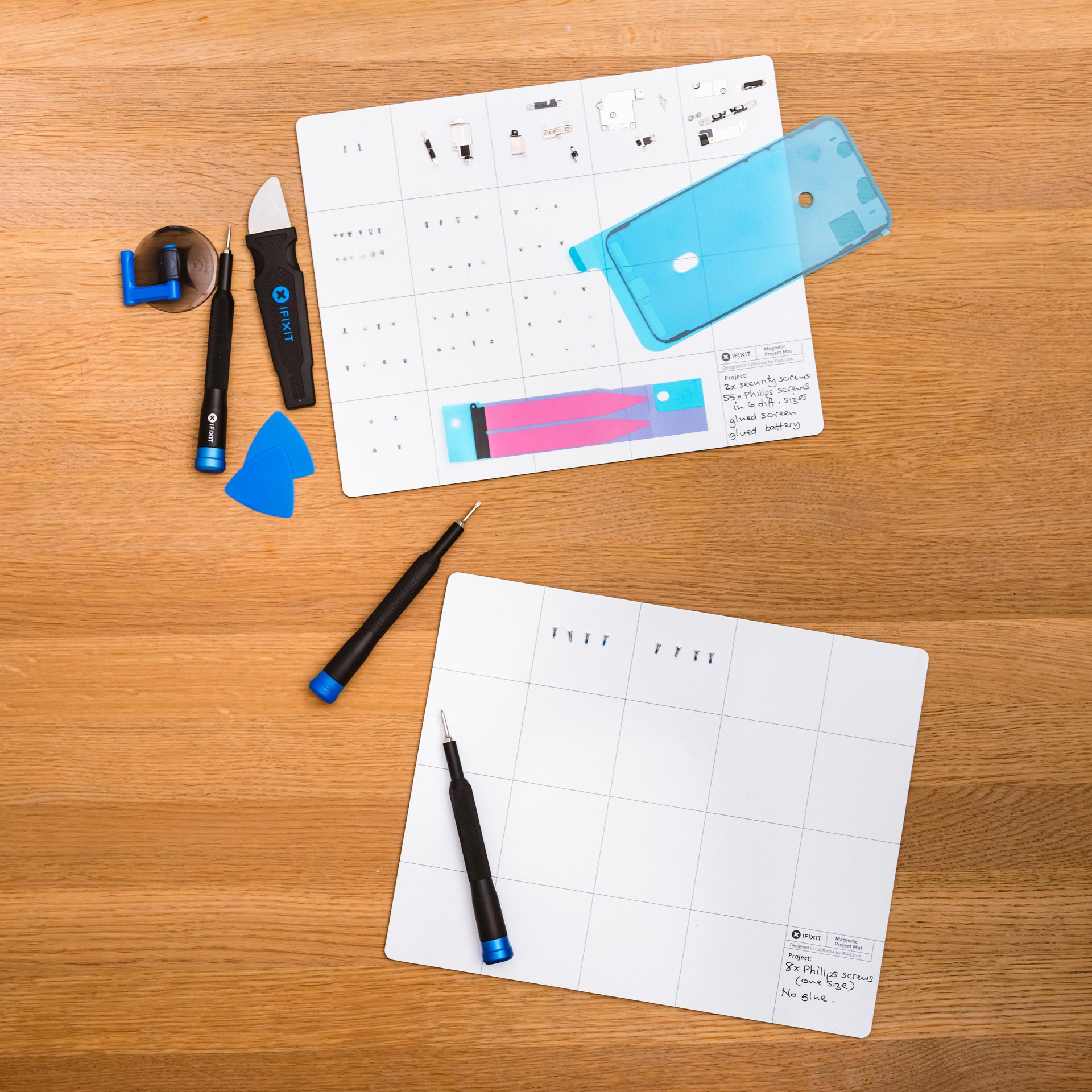In 2021 there were 7.1 billion mobile phones world-wide. Of those, 6.4 billion, nearly 90%, are smart phones. Although only 3.8 billion people are smart phone users; many have more than one. Where are the other phones? Some are broken, some stored in a drawer or cupboard, and some on their way to landfill.



